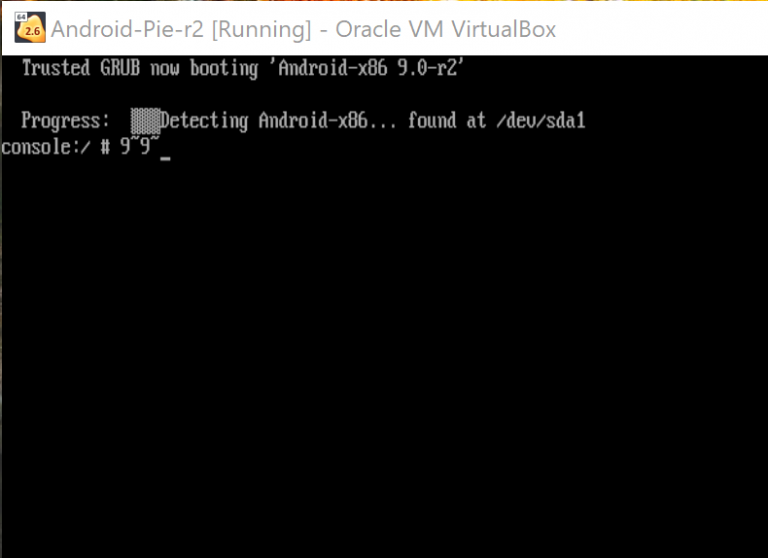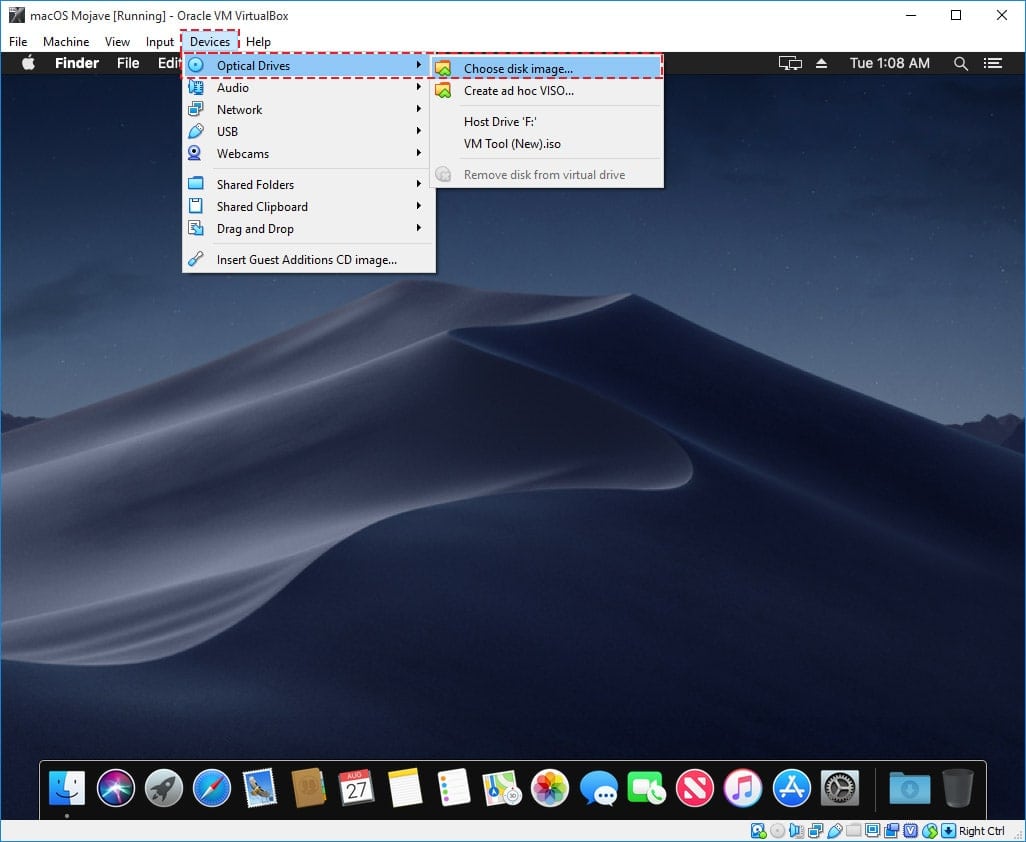

- #Virtualbox graphics controller how to
- #Virtualbox graphics controller install
- #Virtualbox graphics controller manual
- #Virtualbox graphics controller full

│ VMSVGA │ ok in systemd-boot menu, │ ok │ – None: Does not emulate a graphics adapter type.īut still it does not describe which of them and why should I prefer. – VMSVGA: Use this graphics controller to emulate a VMware SVGA graphics device. This is the default graphics controller for Windows versions before Windows 7. – VBoxVGA: Use this graphics controller for legacy guest OSes.

This graphics controller improves performance and 3D support when compared to the legacy VBoxVGA option. – VBoxSVGA: The default graphics controller for new VMs that use Linux or Windows 7 or later.
#Virtualbox graphics controller install
Note that you must install the Guest Additions on the guest VM to specify the VBoxSVGA or VMSVGA graphics controller. Graphics Controller: Specifies the graphics adapter type used by the guest VM.
#Virtualbox graphics controller manual
In the user manual I have found this information: In our case, we needed to provide support for a 4K monitor in our "Windows 10" virtual machine, so the proper resolution would be the following (replacing width height and bits per pixel): VBoxManage.VirtualBox 6.0 provides a new setting called Graphics Controller. To register a new resolution on the virtual machine, you will need to use the following command: VBoxManage.exe setextradata "YourMachineName" CustomVideoMode1 "WidthxHeightxBpp" Proceed to unlock globally all the max guest resolutions on all the virtual machines with the following command: VBoxManage.exe setextradata global GUI/MaxGuestResolution any Open a new command prompt window and change to the directory of Virtual Box which is usually under the Program Files directory using the following command: cd C:\Program Files\Oracle\VirtualBox Register custom video mode on your virtual machine Here, select the Screen tab and increase the Video Memory to its highest value and select VBoxSVGA as the graphics controller and enable the 3D Acceleration:Īfter tweaking this, proceed with the next step. Configure Virtual Machine DisplayĪccess the settings of your Windows 10 virtual machine and go to the Display area.
#Virtualbox graphics controller how to
In this tutorial, i will show you how to easily add a new resolution to your Windows 10 virtual machine. However, this is not the case if you are using just a regular virtual machine.
#Virtualbox graphics controller full
The most obvious reason that may cause this problem is because in your computer, you do have a dedicated graphic hardware (your videocard), however in a virtual machine you don't have such thing unless you use a GPU passthrough, a passthrough gives the VM direct access to your GPU (you can pass through other hardware as well) so that you get almost full performance within the VM. However, with a virtual machine running Windows 10 (inside Windows 10 ð), the resolutions will be different: For example, in Windows 10 installed on my computer i do have the following resolutions available: It is quite common to see in the resolutions of the virtual machine, in this case running on VirtualBox, are not the same that you have in your native system.


 0 kommentar(er)
0 kommentar(er)
